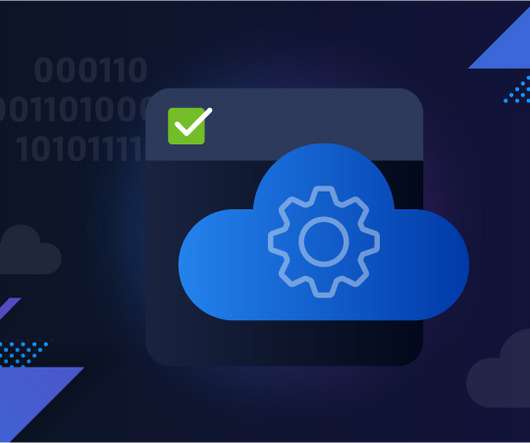Path to NoOps part 2: How infrastructure as code makes cloud automation attainable—and repeatable—at scale
Dynatrace
NOVEMBER 29, 2022
Dynatrace IT itself has implemented a NoOps model for our own IT operations. With a skeleton staff of 7 on a on 24×7 schedule, we increased the number releases from 2 to 26 per year and reduced production bugs by 93% since 2014. Infrastructure as code is sometimes referred to as programmable or software-defined infrastructure.













Let's personalize your content